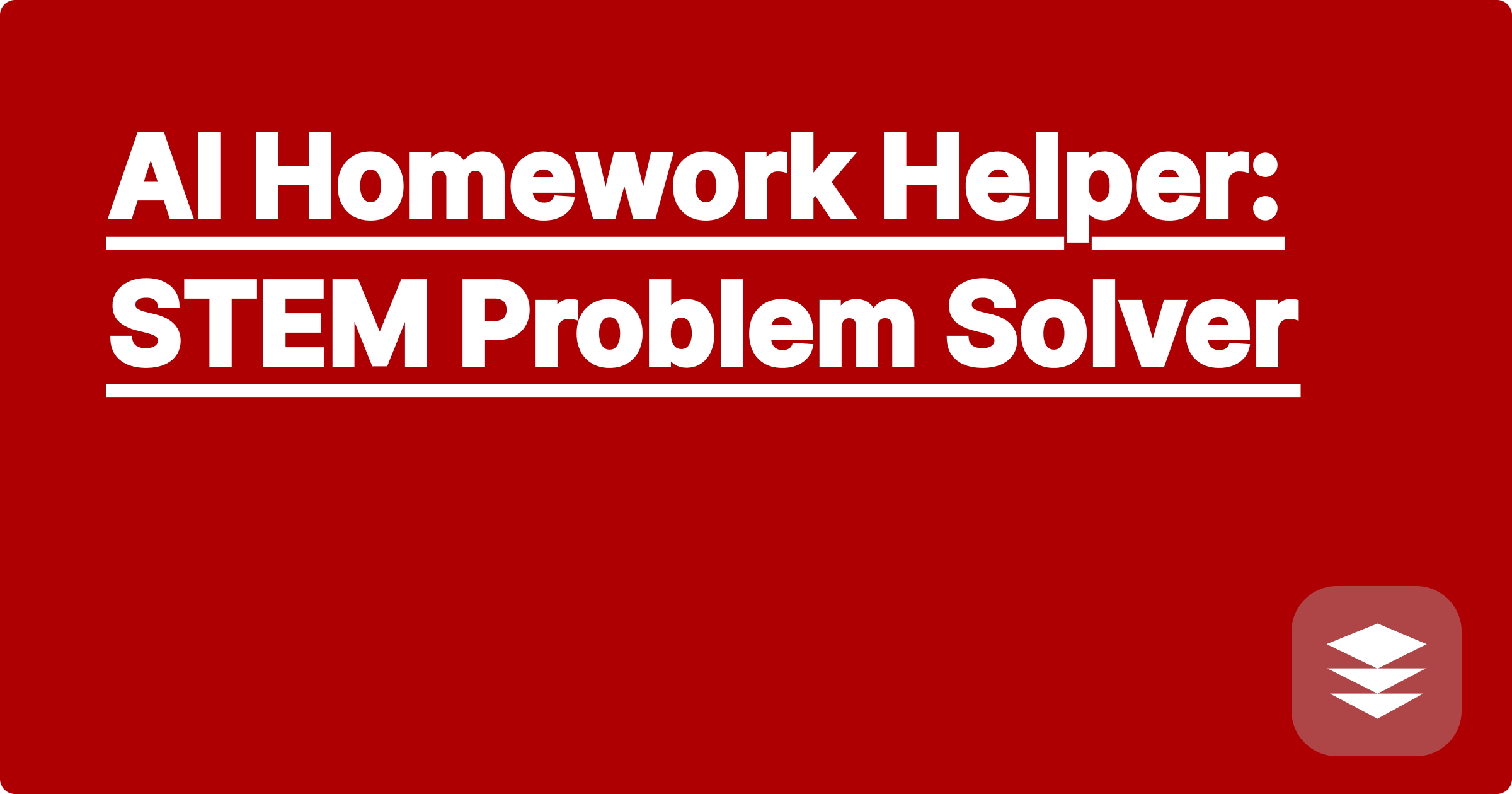
The world of STEM is built on data. From complex equations describing the universe to the intricate workings of a single cell, data drives discovery and innovation. However, the sheer volume of data generated in modern research can be overwhelming, often creating a bottleneck in the research process. Analyzing, visualizing, and interpreting this data efficiently is crucial for progress, yet traditional methods can be time-consuming and labor-intensive. Imagine having a tireless research assistant capable of sifting through mountains of data, generating insightful visualizations, and even helping you brainstorm new hypotheses. This is the promise of AI-powered tools, offering a revolutionary approach to boosting productivity and accelerating breakthroughs in STEM fields.
For STEM students and researchers, time is a precious commodity. Balancing coursework, research projects, and other commitments requires efficient time management. AI tools are emerging as game-changers, offering the potential to streamline workflows, automate tedious tasks, and free up valuable time for more creative and strategic aspects of research. This blog post will delve into the practical applications of AI, specifically focusing on how AI-powered tools can revolutionize data analysis and visualization, transforming the way STEM research is conducted. We'll explore how these tools can help you become more efficient, allowing you to focus on the intellectual core of your work and ultimately achieve greater impact.
STEM research often involves complex datasets that require sophisticated analysis and visualization techniques. Traditional methods can be cumbersome, requiring extensive coding knowledge and manual manipulation of data. This can be a significant barrier, especially for students who are still developing their data analysis skills. Furthermore, the process of generating visualizations, such as graphs and charts, can be time-consuming and require specialized software. Interpreting these visualizations and extracting meaningful insights can also be challenging, requiring a deep understanding of the underlying data and the scientific principles involved. This data analysis bottleneck can significantly hinder the pace of research, delaying progress and potentially impacting the overall quality of the work.
Fortunately, AI-powered tools are now available to address these challenges. Tools like ChatGPT, Claude, and Wolfram Alpha offer powerful capabilities for data analysis and visualization, even for users with limited coding experience. These tools can automate many of the tedious tasks associated with data processing, freeing up researchers to focus on higher-level analysis and interpretation. For example, you can use natural language queries to ask questions about your data, such as "What is the correlation between X and Y?" or "Generate a scatter plot of these two variables." The AI will then process the data and generate the requested output, often in a matter of seconds. Moreover, these tools can assist with more complex tasks, such as identifying trends, detecting anomalies, and even generating predictive models.
Let's walk through a hypothetical example of how you might use an AI tool like a fictional "GPAI" (Generalized Personal AI) to analyze a dataset. Imagine you're researching the relationship between temperature and plant growth. You've collected data on temperature, sunlight exposure, and plant height over several weeks. First, you would upload your data into GPAI, which could accept various formats like CSV or Excel files. Then, you could use a natural language query like, "GPAI, create a line graph showing the relationship between average daily temperature and plant height." GPAI would process the data and generate the graph, potentially highlighting key trends or anomalies. You could then delve deeper, asking questions like, "GPAI, is there a statistically significant correlation between these two variables?" or "GPAI, can you generate a regression model to predict plant height based on temperature?" GPAI would perform the necessary statistical analysis and provide the results in an easily understandable format.
In physics, AI can be used to analyze complex simulations of particle collisions, identifying patterns and anomalies that might be missed by human observers. In chemistry, AI can predict the properties of new molecules, accelerating the discovery of novel materials with desired characteristics. In biology, AI can analyze genomic data to identify disease-causing mutations or predict the effectiveness of new drugs. For instance, researchers could use AI to analyze protein folding patterns, a complex process crucial for understanding diseases like Alzheimer's. By training an AI model on vast datasets of protein structures, researchers can gain insights into the underlying mechanisms of protein folding and potentially identify new therapeutic targets.
Integrating AI tools into your workflow can significantly enhance your research productivity. Start by identifying tasks that are time-consuming or repetitive, such as data cleaning, formatting, and basic statistical analysis. These are prime candidates for automation using AI tools. Don't be afraid to experiment with different AI platforms and tools to find the ones that best suit your needs. Remember that AI is a tool, and its effectiveness depends on how well you use it. Develop a clear understanding of the capabilities and limitations of the tools you choose. Critically evaluate the output generated by AI and always validate the results using traditional methods when possible.
To conclude, AI-powered tools offer a transformative approach to STEM research, empowering students and researchers to analyze and visualize data with unprecedented efficiency. By automating tedious tasks and providing powerful analytical capabilities, these tools free up valuable time for creative thinking, hypothesis generation, and deeper exploration of research questions. Embracing these technologies can significantly enhance your productivity, accelerate your research progress, and ultimately lead to more impactful discoveries. Begin exploring the possibilities of AI in your research today and unlock the potential for groundbreaking advancements in your field.
Master STEM: AI Study Guide & Planner
AI for Robotics: Efficient Simulations
AI Research Paper Assistant: Write Smarter
AI-Driven Data Viz: Explore Datasets
Conquer STEM: AI-Powered Study Hacks
AI for Exams: Ace Your STEM Tests
AI Homework Helper: STEM Problem Solver
AI Study Buddy: Master STEM Concepts